By Barbara J. Fuhrman, Heather Spencer Feigelson, Roberto Flores, Mitchell H. Gail, Xia Xu, Jacques Ravel, and James J. Goedert
From J Clin Endocrinol
Context: The gut microbiota may influence the risk of breast cancer through effects on endogenous estrogens.
Objective: The objective of the study was to investigate whether urinary estrogens and estrogen metabolites are associated with the diversity and composition of the fecal microbiome.
Design and Setting: This was a cross-sectional study among women enrolled in Kaiser Permanente of Colorado.
Participants: A total of 60 women drawn from a random sample of healthy postmenopausal women (aged 55–69 y), without current or recent use of antibiotics or hormone therapy and no history of cancer or gastrointestinal disease participated in the study.
Outcome Measures and Methods: Creatinine-standardized urinary estrogens (estrone and estra-diol) and 13 hydroxylated estrogen metabolites were measured in spot urines by liquid chromatography-tandem mass spectrometry. The fecal microbiome was assessed using pyrosequencing of 16S rRNA amplicons. General linear models were used to test for associations of diversity and composition of the fecal microbiome with parent estrogen (estrone + estradiol), total estrogens, and estrogen metabolites and the ratio of estrogen metabolites to parent estrogen, which has been predictive of postmenopausal breast cancer risk in previous studies.
Results: The ratio of metabolites to parents was directly associated with whole-tree phylogenetic diversity (R = 0.35, P = .01). Relative abundances of the order Clostridiales (R = 0.32, P = .02) and the genus Bacteroides (R = —0.30, P = .03) were also correlated with the ratio of metabolites to parents. Associations were independent of age, body mass index, and study design factors.
Conclusions: Our data suggest that women with a more diverse gut microbiome exhibit an elevated urinary ratio of hydroxylated estrogen metabolites to parent estrogen. Further research is warranted to confirm and relate these findings to clinical disease. (J Clin Endocrinol Metab 99: 0000–0000, 2014)


